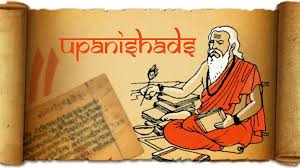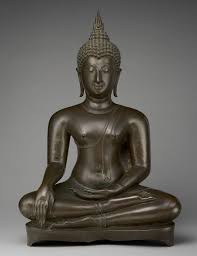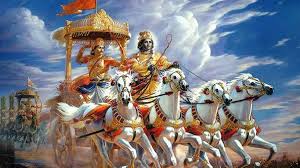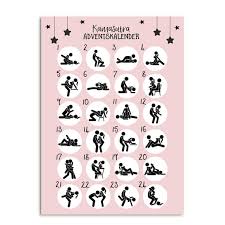HUM10 Indian Review
1/12
There's no tags or description
Looks like no tags are added yet.
Name | Mastery | Learn | Test | Matching | Spaced |
|---|
No study sessions yet.
13 Terms

The Vedas (Rgveda)
The Human as: A Ritual Actor.
Central Idea: The human (Yajamāna, or "sacrificer") exists in a reciprocal relationship with the gods.
Human Purpose: To perform karman (which means "ritual action") to maintain ṛta (cosmic order). Being human is defined by this public, world-maintaining action, not by private belief.
Key Terms: Karman (ritual), Ṛta (order), Yajamāna (sacrificer), Homology (external connections, e.g., "the altar is the world"), Puruṣa (the cosmic man whose sacrifice creates the world and the social order).

Upanishads
The Human as: A Philosophical Seeker.
Central Idea: The focus shifts from external ritual to internal knowledge. The physical ritual is "internalized" (e.g., the Horse Sacrifice becomes a meditation).
Human Purpose: To achieve mokṣa (liberation) from saṃsāra (the cycle of rebirth). This is done by realizing the ultimate "hidden connection" (homology): that your innermost, true self (Ātman) is identical to the ultimate, underlying reality of the entire universe (Brahman).
Key Terms: Ātman (Self), Brahman (Ultimate Reality), Ātman = Brahman, Karman (now a moral law of cause and effect), Saṃsāra (cycle of rebirth), Mokṣa (liberation).

Buddhism
The Human as: An Impermanent "Not-Self."
Central Idea: This is a direct critique of the Upanishadic Ātman. There is no permanent, unchanging "self." The "self" is an illusion.
Human Purpose: To end duḥkha (suffering). Suffering is caused by "grasping" for a self that isn't there. By eliminating this grasping, one extinguishes desire and achieves Nirvāṇa (liberation).
Key Terms: Anattā (not-self), Duḥkha (suffering), The Five Skandhas (the five "heaps" or processes that make up a "person"), Karman (defined as "intention"), Nirvāṇa.

The Mahābhārata
The Human as: A Moral Agent in a Fallen World.
Central Idea: Life is a complex, messy, and often tragic struggle. The epic is concerned with the "difficulty of being good."
Human Purpose: To live in society and fulfill the Four Ends of Man (Dharma, Artha, Kāma, Mokṣa). The central challenge is dharma (duty), which is fragmented and ambiguous, forcing humans to make impossible choices.
Key Terms: Dharma (duty), The Four Ends of Man, Āpad-dharma ("dharma in a time of distress"), Yudhiṣṭhira (the hero who is Dharma).

The Bhagavad Gītā
The Human as: A Disciplined Actor (in service to God).
Central Idea: This is the solution to the Mahābhārata's problem. It offers a "theistic" path.
Human Purpose: You must act. You must perform your svadharma (your "own duty" based on your social role). You escape the karmic consequences of your action not by stopping action, but by performing Karma-Yoga: acting with detachment and "renouncing the fruits" of your action, dedicating them all to God (Krishna).
Key Terms: Svadharma (one's own duty), Varṇāśramadharma (social/life-stage duty), Karma-Yoga (discipline of action), Arjuna (the human in crisis), Krishna (God as teacher).

The Jātakas (Buddhist Birth Stories)
The Human as: A Moral Status, Not a Species.
Central Idea: The "human" ideal is defined by virtue (compassion, self-sacrifice), not biology.
Human Purpose: The ideal being is the Bodhisattva (the Buddha-to-be), who perfects these virtues over many lifetimes. An animal (like the Ruru Deer or Great Monkey) who acts as a Bodhisattva is morally superior to a selfish human.
Key Terms: Bodhisattva, Moral Virtue, "Permeable Borders" (between species).

The Śāstras (Āyurveda & Kāmasūtra)
The Human as: An Embodied and Worldly Being.
Central Idea: These are "sciences" for living in the world.
Human Purpose: To live a complete life. Āyurveda teaches that you must keep your physical body in balance (of the doṣas: vāta, pitta, kapha) because the body is the "instrument of dharma." The Kāmasūtra teaches that the skillful pursuit of kāma (pleasure) and artha (wealth) is a necessary part of a full human life.
Key Terms: Balance, Doṣas (humors), Kāma (pleasure), Artha (wealth), "Body as instrument of dharma."
Karman
(Action): Evolves from ritual action (Vedas) -> moral law of cause and effect (Upanishads) -> intention (Buddhism) -> disciplined duty (Gītā).
Dharma
(Duty/Law): Evolves from cosmic order (Vedas) -> ambiguous social/moral duty (Mahābhārata) -> one's specific social role (Gītā) -> the moral law taught by a deer (Jātakas).
Saṃsāra
(Cycle of Rebirth): The shared "problem" or "worldview" that the Upanishads, Buddhism, the Gītā, and the Jātakas all accept as the basic human condition.
Mokṣa / Nirvāṇa
(Liberation): The "solution" to saṃsāra. All these traditions (except the early Vedas) see this as the ultimate human goal, though they disagree passionately on how to get there